Whether it’s wavedashing or niche projectile shenanigans, Super Smash Bros. has always had jank. But few mechanics have been as mysterious and unresearched as the various KO animations that have appeared throughout the franchise.
Super Smash Bros. Ultimate introduced a kill screen animation when a character is hit by a strong move on their last stock. While it was meant to be a satisfactory ending to a game by showing off the “finishing blow,” it quickly became apparent that it was very inaccurate.
On Nov. 20, a Smash Ultimate player named tect0nic posted a bizarre clip of their Young Link versus an enemy Snake player. Tect0nic got launched into the upper blast zone by the Snake’s up-tilt. Young Link gets put into a screen KO animation, while the Snake player got exploded by Young Link’s bomb, then his own grenade, into the blast zone, getting themselves killed. Since Young Link’s screen KO animation was still going on, tect0nic ended up winning the game, even though they “died” first.
What’s important to know when analyzing this video is that when a player gets launched past the upper blast zone, one of three things can occur at random. The star KO sends the player into the stars until they twinkle out of view about two seconds later (much like Team Rocket in the Pokémon anime). Or, a screen KO shows the victim getting knocked into the front screen for about a second, as if they were being thrown at the camera filming the fight. And finally, no animation can play at all, making the death instantaneous.
Other players started contributing their own wacky clips, such as a Snake player who lost a set at their local because they fell to their death while the enemy Palutena was still in her screen KO animation. Or there’s the Luigi player who died to Snake’s grenade after killing the Snake with an up-B.
While these incidents are incredibly funny, they carry a real impact in the Super Smash Bros. competitive scene. The upper blast zone can cause one of three different animations to play at random, which all have different lengths (except for Smash 64, where star KOs and screen KOs have the same duration). As a result, matches can change drastically due to RNG.
A practical example of this is Jigglypuff’s down-B, Rest. It’s a powerful kill option that sends enemies flying at low percents, but puts the Puff player into a sleeping animation that lasts about four seconds. If the opponent is put into the star KO animation, they won’t have enough time to punish the Puff while they’re asleep. But otherwise, they have enough time to respawn and put the Jigglypuff player in a world of hurt.
In a way, these random occurrences can lead to some hilarious outcomes that shape the janky nature of Smash Bros. as a competitive game. But for the sake of tournament play, it might be worthwhile to do more research on these animations. Someday, it might even be possible to toggle it off, such as in the UCF versions of Melee that are often used at tournaments.
Next time you send your opponent flying off the top of the screen, imagine just how many games have been decided by these types of interactions. It’s almost certainly more than you think.


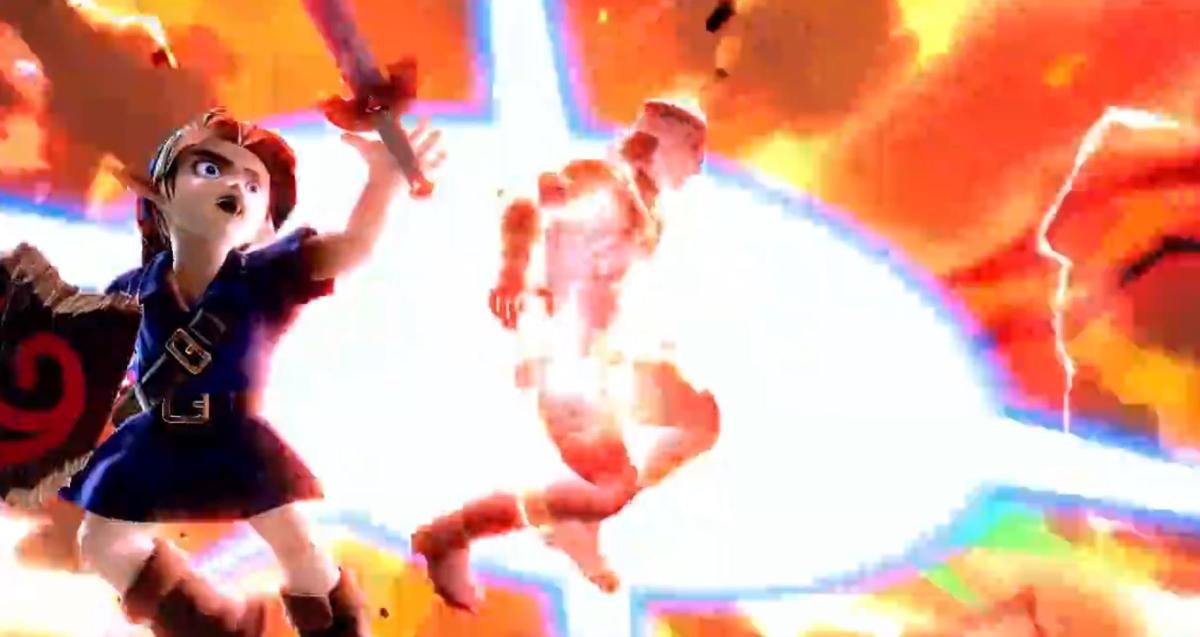

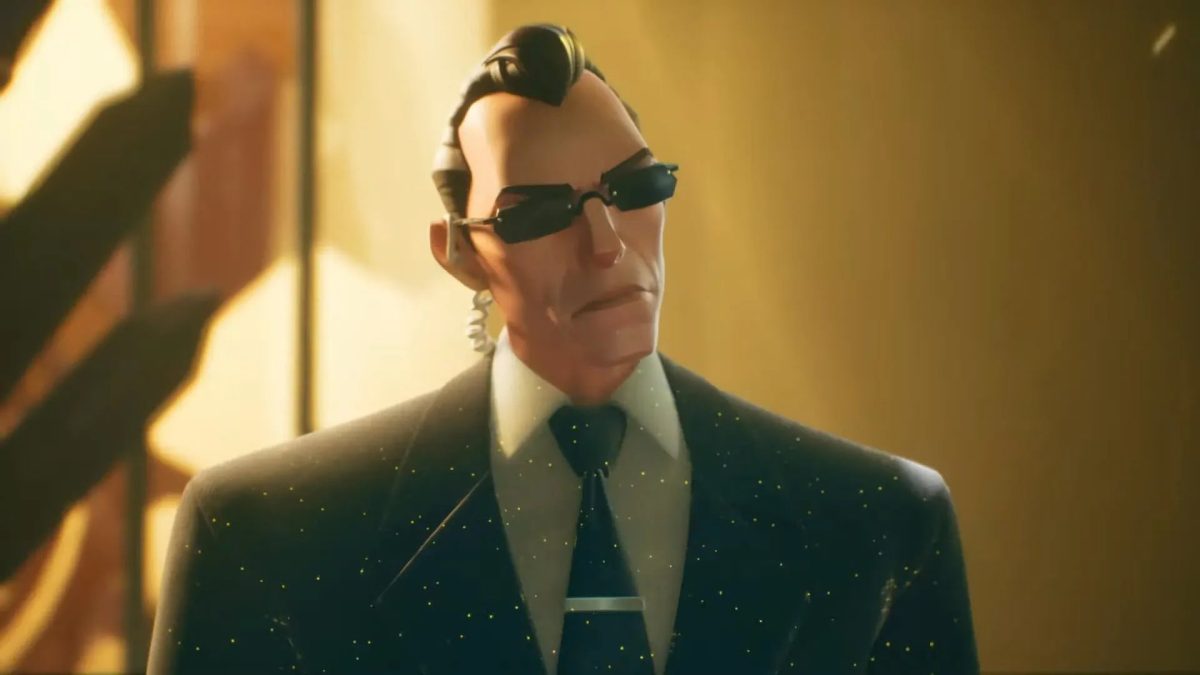
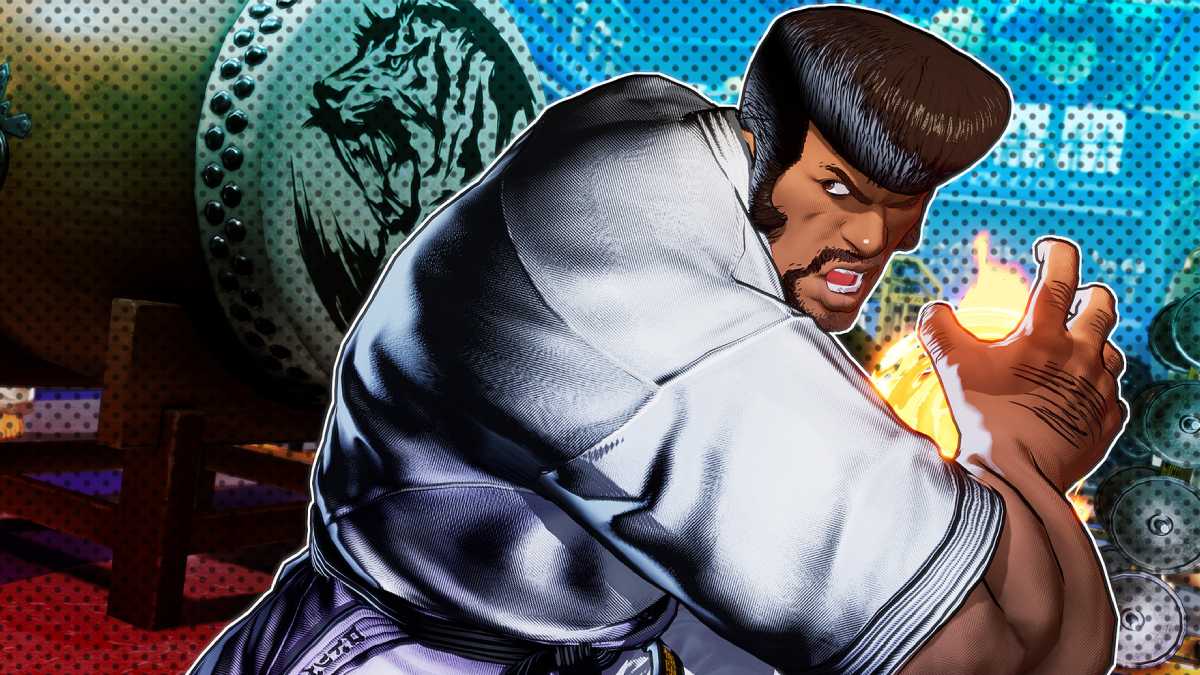
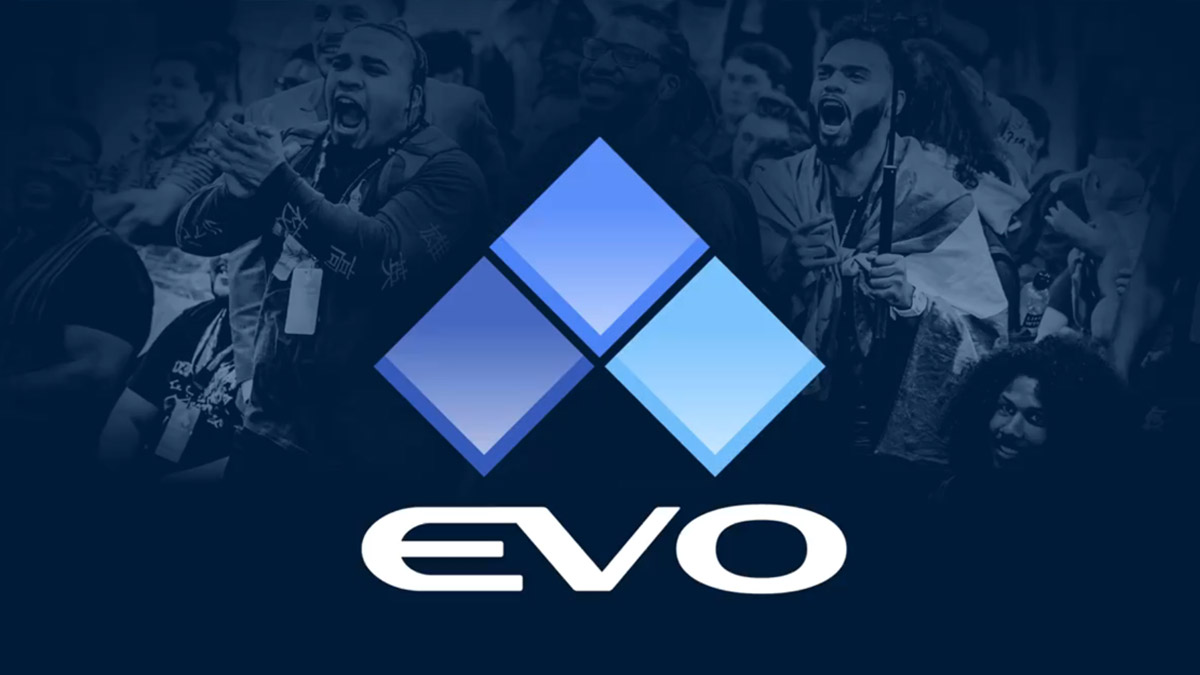

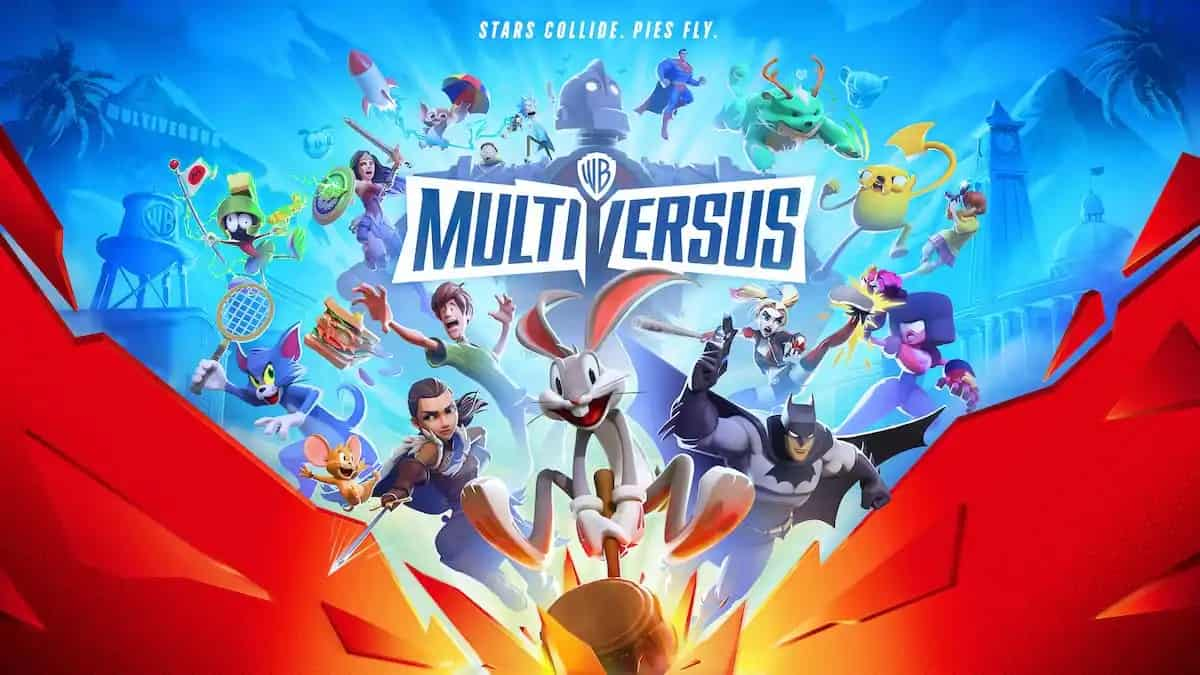
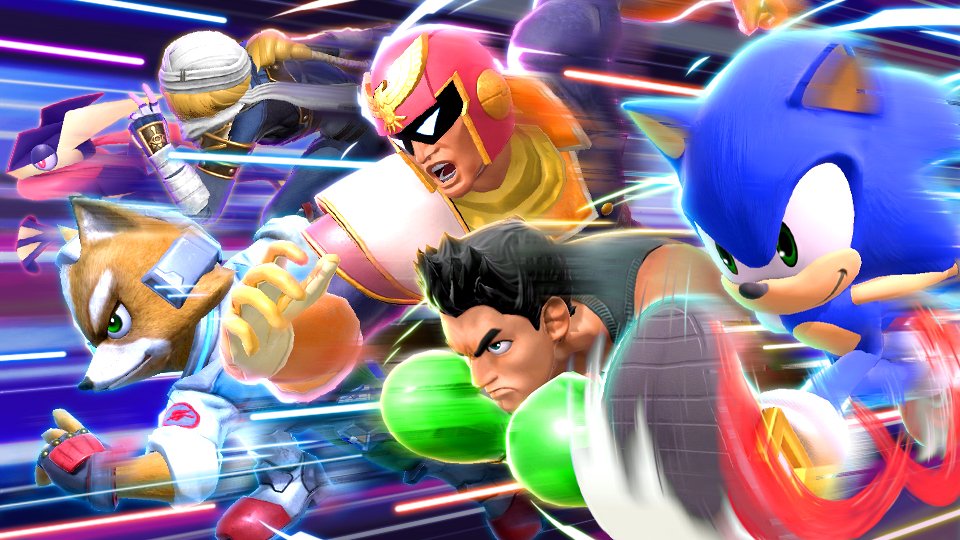
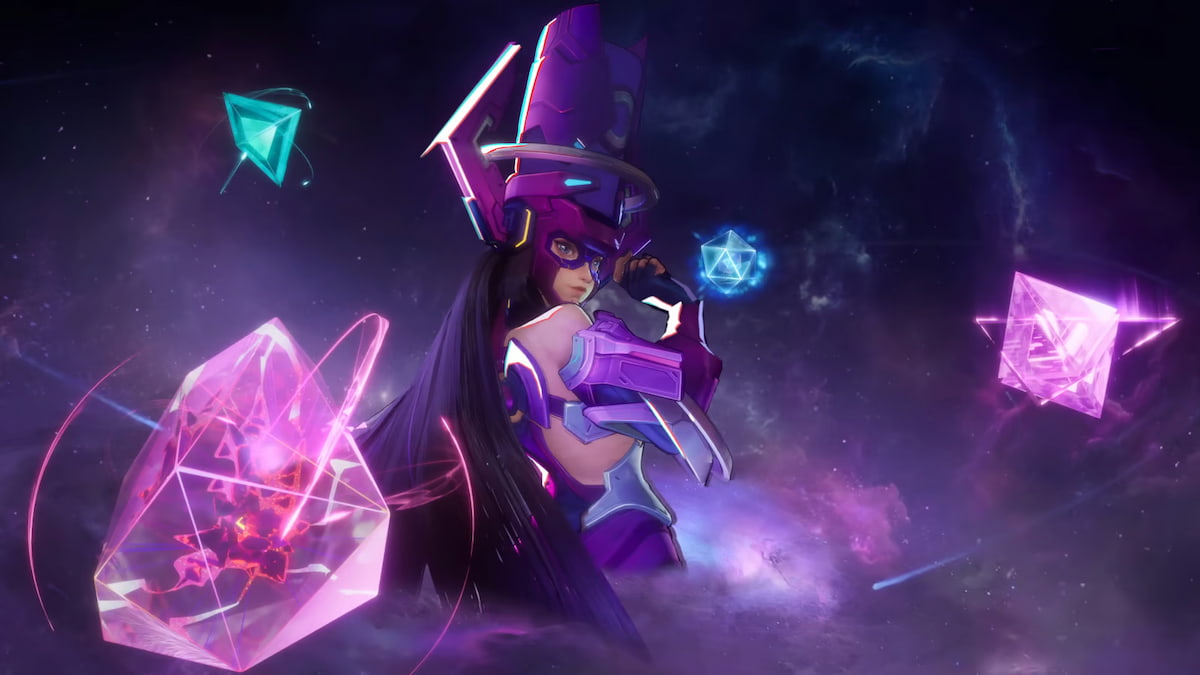

Published: Nov 21, 2023 10:17 pm